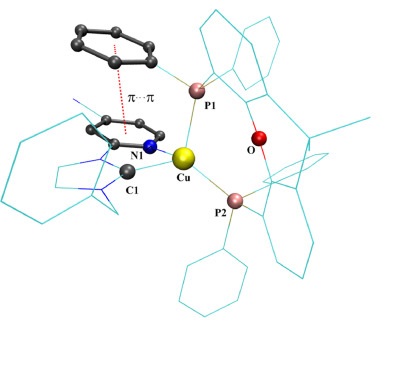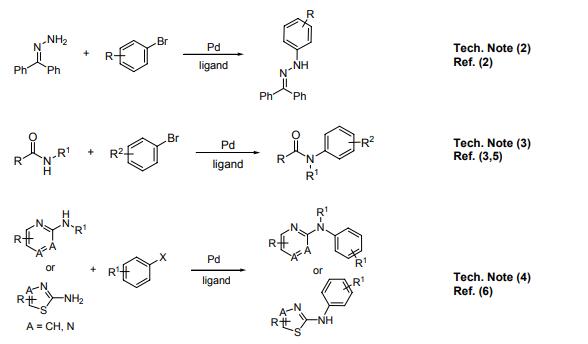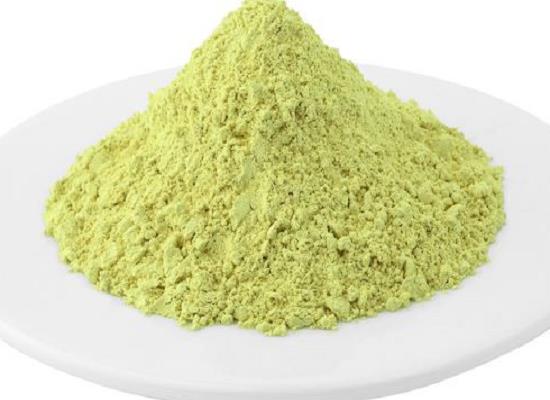4,5-Bis(diphenylphosphino)-9,9-dimethylxanthene: Versatile Ligand for Luminescent Material Applications
4,5-Bis(diphenylphosphino)-9,9-dimethylxanthene is a metal chelating ligand for catalysis. 4,5-Bis(diphenylphosphino)-9,9-dimethylxanthene is also a ligand used in the synthesis of heterocycles by palladium-catalyzed C-N cross coupling of 3-bromothiophenes with 2-aminopyridines. The compound has been used in a ruthenium-catalyzed alkylation of active methylene compounds with alcohols.

Herein, a new β-diketonate ligand, namely, 1-(4-(diphenylphosphino)phenyl)-4,4,5,5,5-pentafluoropentane-1,3-dione (DPPFH) has been synthesized and utilized for the construction of an antenna complex of Eu3+ [Eu(DPPF)3(DDXPO)] in the presence of a chelating ligand, 4,5-bis(diphenylphosphino)-9,9-dimethylxanthene oxide (DDXPO). The developed Eu3+ compound has been well characterized and investigated the photophysical properties. The designed Eu3+ complex displays bright red luminescence upon irradiation at the ligand-centered band at 375 nm with a quantum yield of 39% in the solid-state. Interestingly, the ternary Eu3+ complex also exhibits brilliant triboluminescence in the daylight, which could be useful in the design of pressure and damage detection probes. In addition, the newly obtained Eu3+ complex was embedded into a PMMA matrix to form highly luminescent films having quantum yields as high as 45–50%. These plastic materials display enhanced thermal stability as compared to parent compound.
References:
[1] RAJ D B A, BIJU S, REDDY M L P. 4,4,5,5,5-Pentafluoro-1-(9H-fluoren-2-yl)-1,3-pentanedione complex of Eu3+ with 4,5-bis(diphenylphosphino)-9,9-dimethylxanthene oxide as a promising light-conversion molecular device?[J]. Dalton Transactions, 2009, 36: Page 7317 to 7560. DOI:10.1039/B907031A.[2] D. B. AMBILI RAJ. Highly Luminescent Poly(Methyl Methacrylate)-Incorporated Europium Complex Supported by a Carbazole-Based Fluorinated β-Diketonate Ligand and a 4,5-Bis(diphenylphosphino)-9,9-dimethylxanthene Oxide Co-Ligand[J]. Inorganic Chemistry, 2010, 49 19: 8647-9094. DOI:10.1021/ic1015324.
Related articles And Qustion
Lastest Price from 4,5-Bis(diphenylphosphino)-9,9-dimethylxanthene manufacturers

US $8.00/kg2025-04-21
- CAS:
- 161265-03-8
- Min. Order:
- 1kg
- Purity:
- 0.99
- Supply Ability:
- 100000

US $30.00-10.00/KG2025-04-15
- CAS:
- 161265-03-8
- Min. Order:
- 50KG
- Purity:
- 99%
- Supply Ability:
- 500000kg



